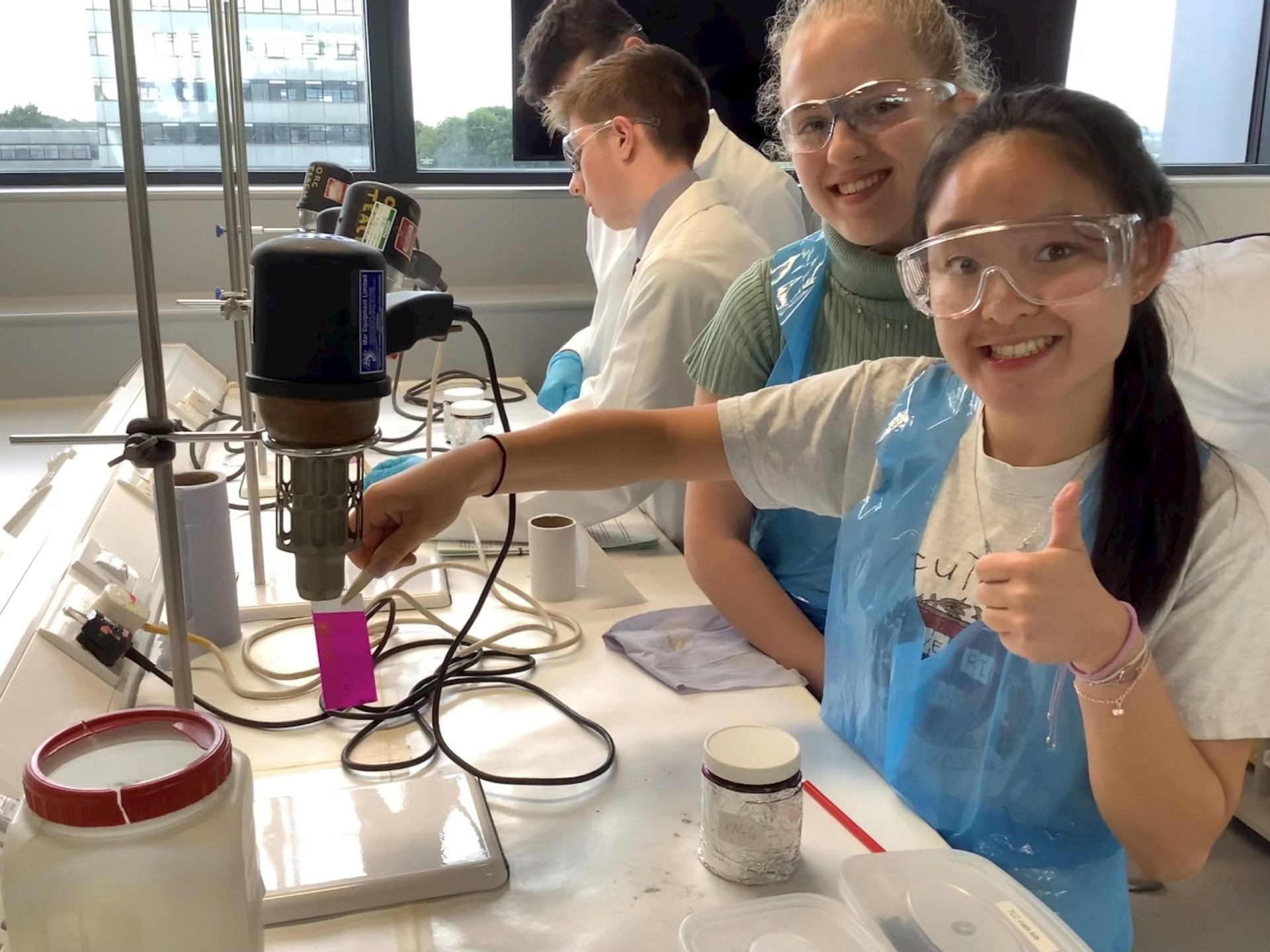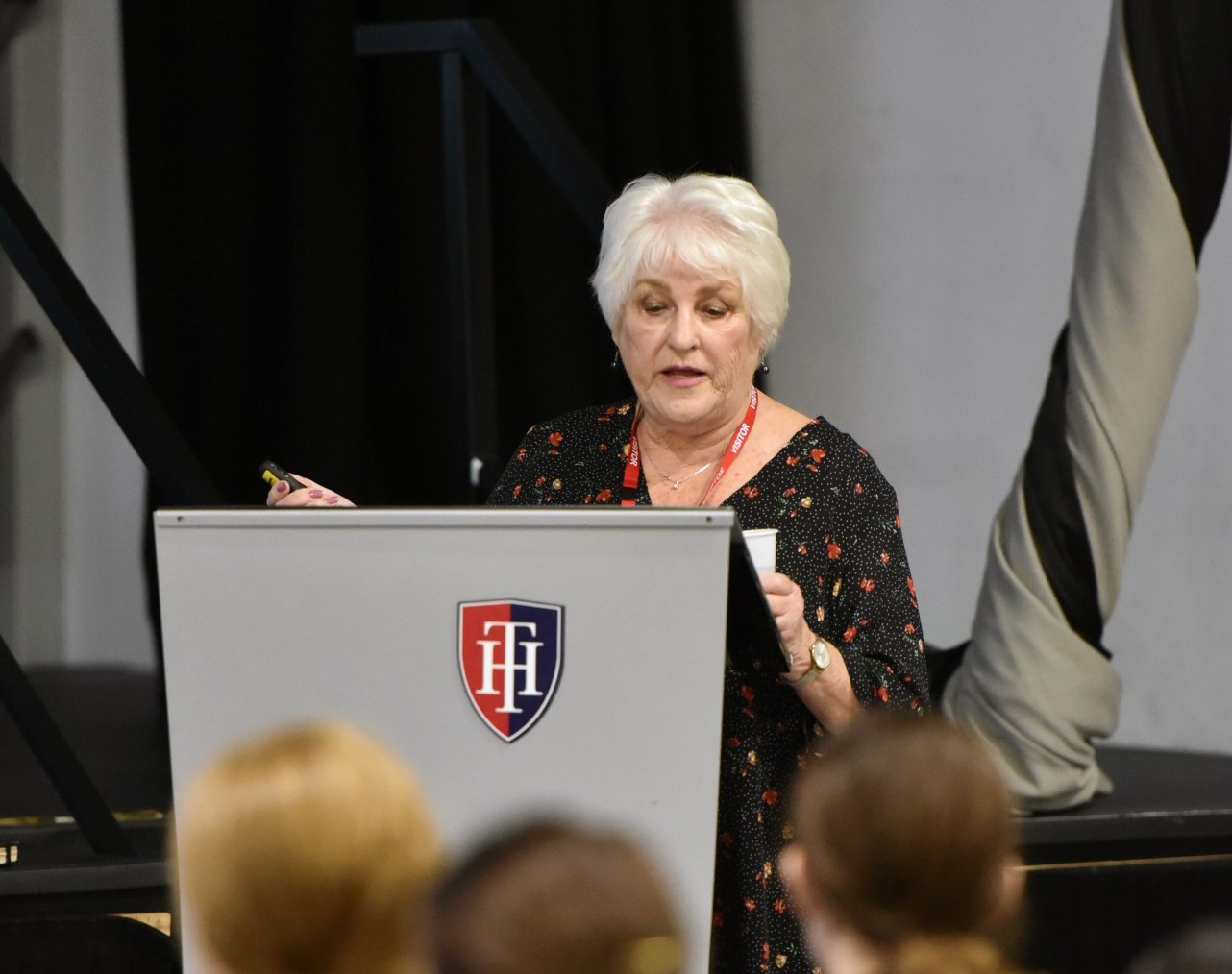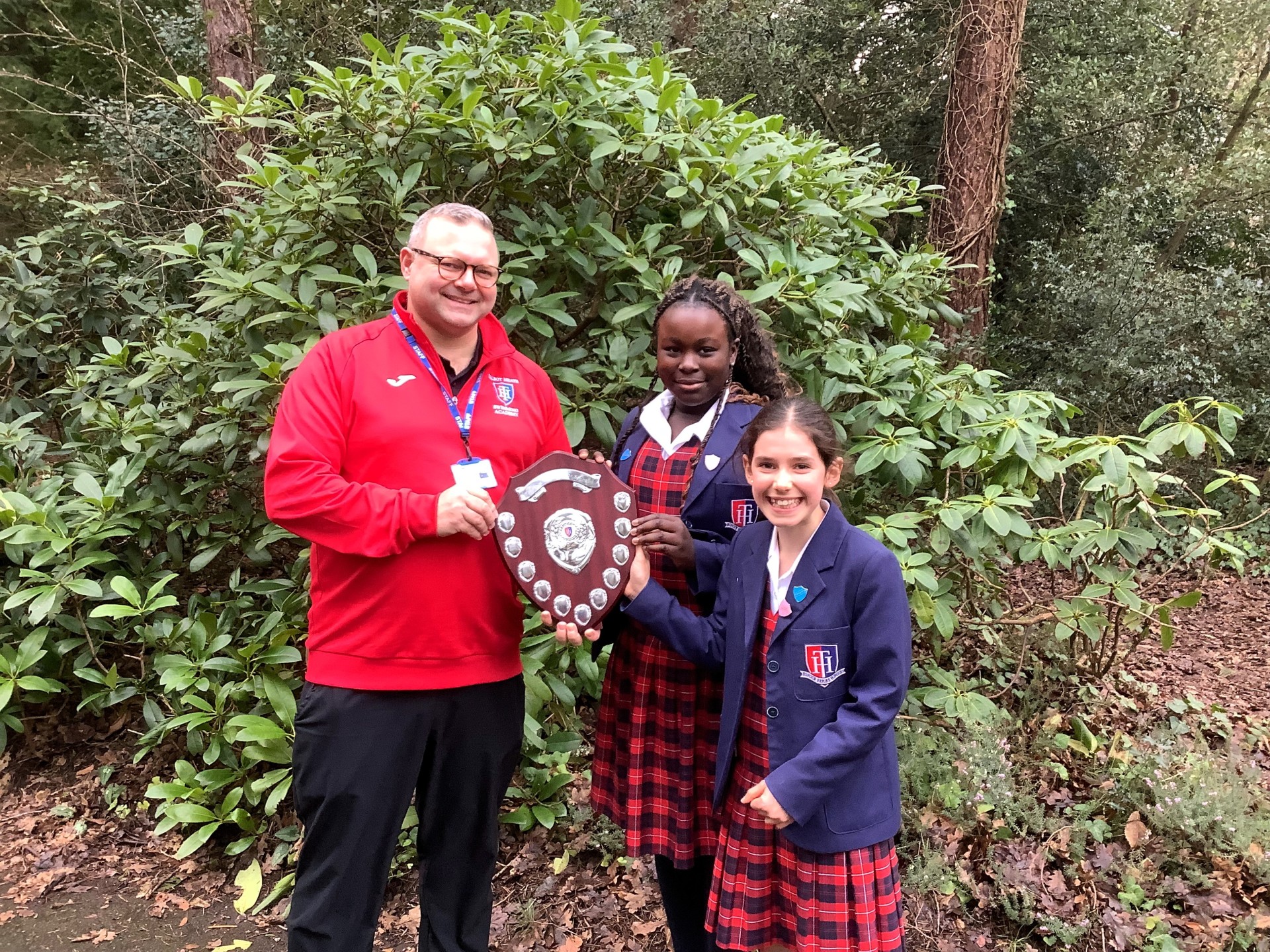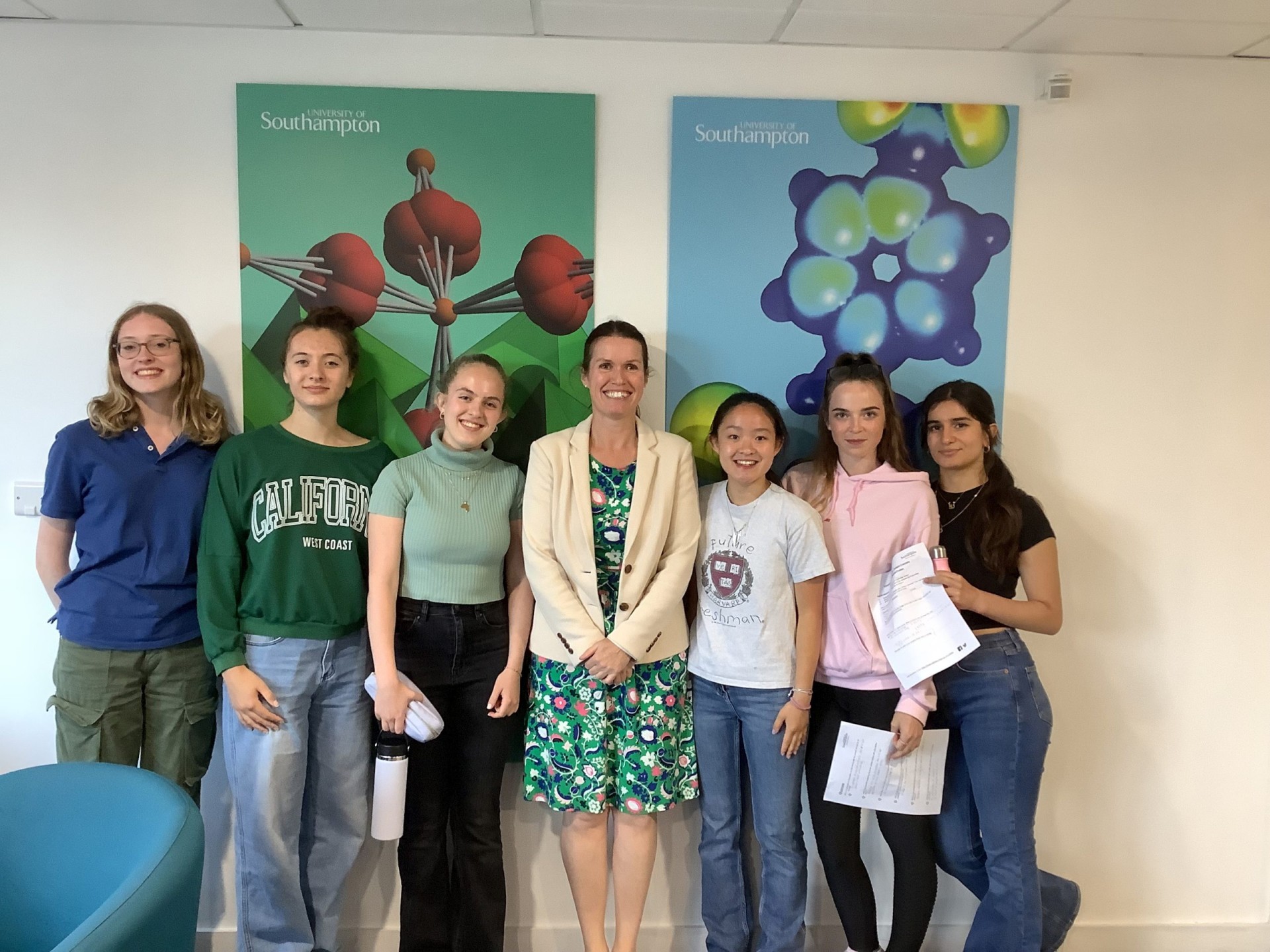
Lower 6 Chemistry students visited Southampton University this week, collaborating with other local schools, to use the excellent facilities there. The pupils were performing an organic extraction of a triglyceride from nutmeg, and then analysing the purity of the product using three analytical techniques including Infra Red. The Lower 6 showed that they have great practical skills and it was a pleasure to spend the day with them.
Thanks go to Mrs Fearnley for organising the visit.
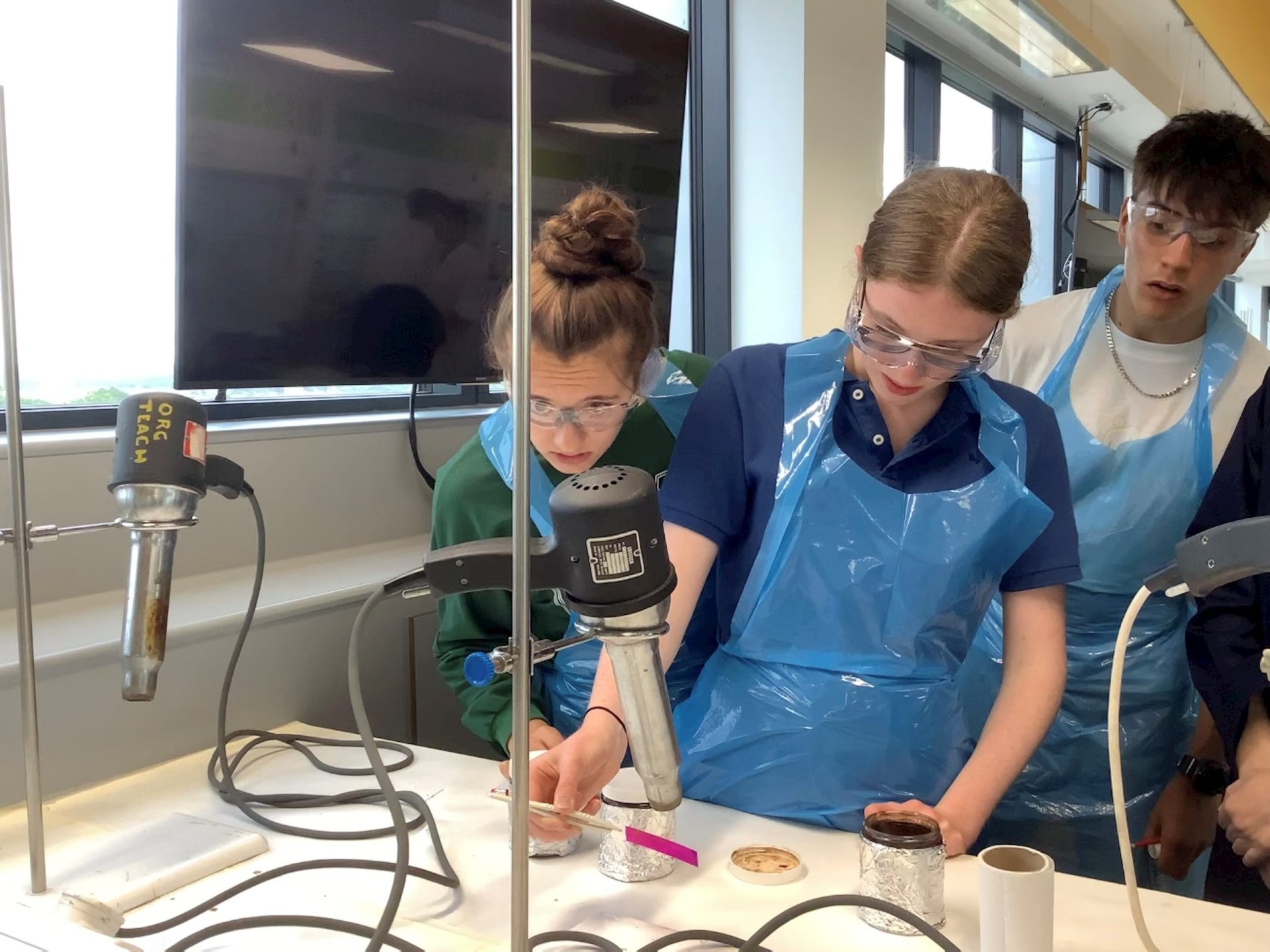
L6 Chemistry Trip to the University of Southampton by Danielle P
On the 27th of June, the Lower 6 A-level chemistry class were fortunate enough to be able to attend a twilight session in the teaching labs at the University of Southampton. The practical, which we carried out in pairs, was a natural product extraction of trimyristin from nutmeg. After arriving we were each given safety specs and a ‘stylish’ disposable plastic lab apron to wear. Next we listened to one of the two talks given by the head of this session, Professor David Read, where we were introduced to the team of undergraduate and postgraduate demonstrators who shared with us where they were from and how far they are in their studies. All those who were a part of the team were very helpful in giving us guidance and reassurance throughout the practical as well as providing us with further information of what studying chemistry is like. In this talk we were also given some background information on nutmeg and were instructed on how to carry out the first part of the practical.
In our fume cupboard we then started off the practical by placing the pre-weighed nutmeg, at 2.5g, into a round bottomed flask and then measured out the diethyl ether in a measuring cylinder, which was then poured into the flask. Then we added a stir bar to the round bottom flask and placed a stopper into the mouth of the flask, ensuring to not force it in to avoid pressure build up, and then clamped it over the magnetic stirrer. This was our first time using this piece of equipment and it is definitely more preferable to having to stir the mixture yourself. This was continued for half an hour in order to start separating some of the soluble components of the nutmeg from the insoluble. This mixture was then filtered and then the filtrate, in a different round bottom flask, and we then used rotary vacuum evaporators to remove any solvents.
The flask was then placed in a hot water bath and we added the least amount of propanone, more commonly known as acetone, possible needed in order for the solid to dissolve in it. This is done to ensure that the solid will later recrystallise when left to cool, as it would be a saturated solution. After cooling, recrystallisation then was observed, with most groups having to carry out scratching to initiate this, and then filtration under reduced pressure was repeated, however the solution used for this was cold acetone as the solid is insoluble in this. The dry residue from this was then transferred carefully into a previously weighed vial, which was then weighed again using the three decimal place balance in order to work out the mass of the solid, which was then used to calculate the percentage yield.
The analysis of our products was then done through carrying out thin layer chromatography analysis, a melting point test using Fisher-Johns apparatus, and infrared spectroscopy using an infrared spectrophotometer and analysing our infrared spectra. All of our pairs had melting points quite near that of pure trimyristin and rather accurate infrared spectra. Two groups were even able to obtain one spot for their products in the TLC and received ‘virtual’ gold stars from Professor Read.
Overall, this experience was really enjoyable and enriching as it allowed us to use equipment not available at school, as well as helped give us all an idea of what a lab environment is like, which a number of us may be working in during university as well as in our future careers.

